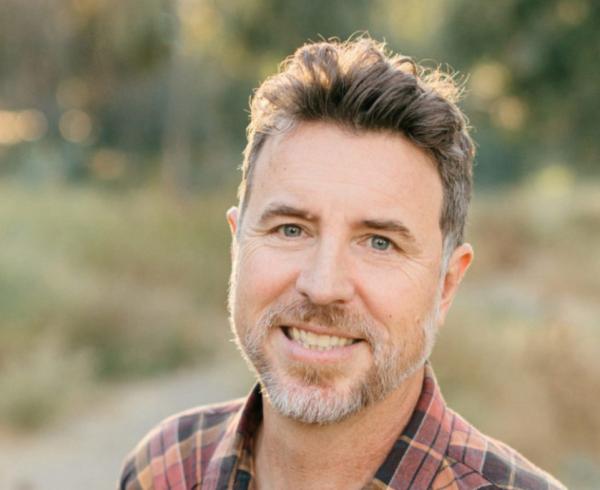Learn how restoration ecologists have helped Don Edwards Refuge maximize the amount of soil it obtains to build habitat and levees while ensuring that soil has low contaminant levels so wildlife and wetlands are protected. Gavin Archbald of H. T. Harvey & Associates discusses his work implementing and refining the regulator-required Refuge plan for sampling soil pollutants and managing which soils are clean enough to place onsite. Archbald provides an overview of this plan, called the Quality Assurance Project Plan for the Don Edwards National Wildlife Refuge or QAPP, how it is implemented, and how the document has been refined over the past 6 years to provide greater flexibility to import soil needed for restoration while remaining protective of aquatic habitats.
- See video of presentation
- See and download Presentation Slides
- See links and additional comments shared via meeting chat
Speaker Bio: Gavin Archbald is an Associate Restoration Ecologist with H. T. Harvey & Associates who specializes in restoration of tidal marsh, riparian, and marsh-upland ecotone habitats around San Francisco Bay. Gavin completed his master’s degree at San Francisco State University where he focused on salt marsh ecology and contributed to the Restoration Project Science Program as a graduate fellow. At H. T. Harvey, Gavin has worked on a diverse range of restoration projects along the Bay and was introduced to the testing necessary to ensure that soils are chemically suitable for reuse in wetlands. Building from that, Gavin helped prepare the Don Edwards Refuge QAPP. Gavin lives in Half Moon Bay with his family where he loves to hike and garden.
Further Info on Topic: The Restoration Project and other projects need large volumes of clean soil imported from uplands to construct tidal marsh-upland transition zone habitats as well as the flood risk management levees necessary to restore adjacent ponds back to tidal marsh. To ensure that imported upland soil contains contaminant concentrations protective of wetland and aquatic organisms, the Regional Water Quality Control Board (RWQCB) and Bay Conservation and Development Commission (BCDC) required preparation of the QAPP, which provides a framework to evaluate, approve, and track soil from upland sources for use in the Refuge. Since the QAPP was originally prepared in 2018, H. T. Harvey & Associates has collaborated closely with RWQCB, BCDC, Valley Water, the California State Coastal Conservancy, ecotoxicologists, and dirt brokers to implement and refine the QAPP.
Scientific Question
This research will help the Restoration Project answer a central scientific question in its Adaptive Management Plan under the topic of Sediment Dynamics:
Is the accretion rate of the restored ponds sufficient to reach vegetation colonization elevations?
Brown Bag Science Speaker Series
This presentation is one in a series put forth by the South Bay Salt Pond Restoration Project. The series will address science and adaptive management done in support of or in collaboration with our Restoration Project as well as relevant outside work. Speakers will discuss research, modeling, and monitoring efforts and how Restoration Project managers are using science to inform decisions about restoration, flood risk management, and public access.



